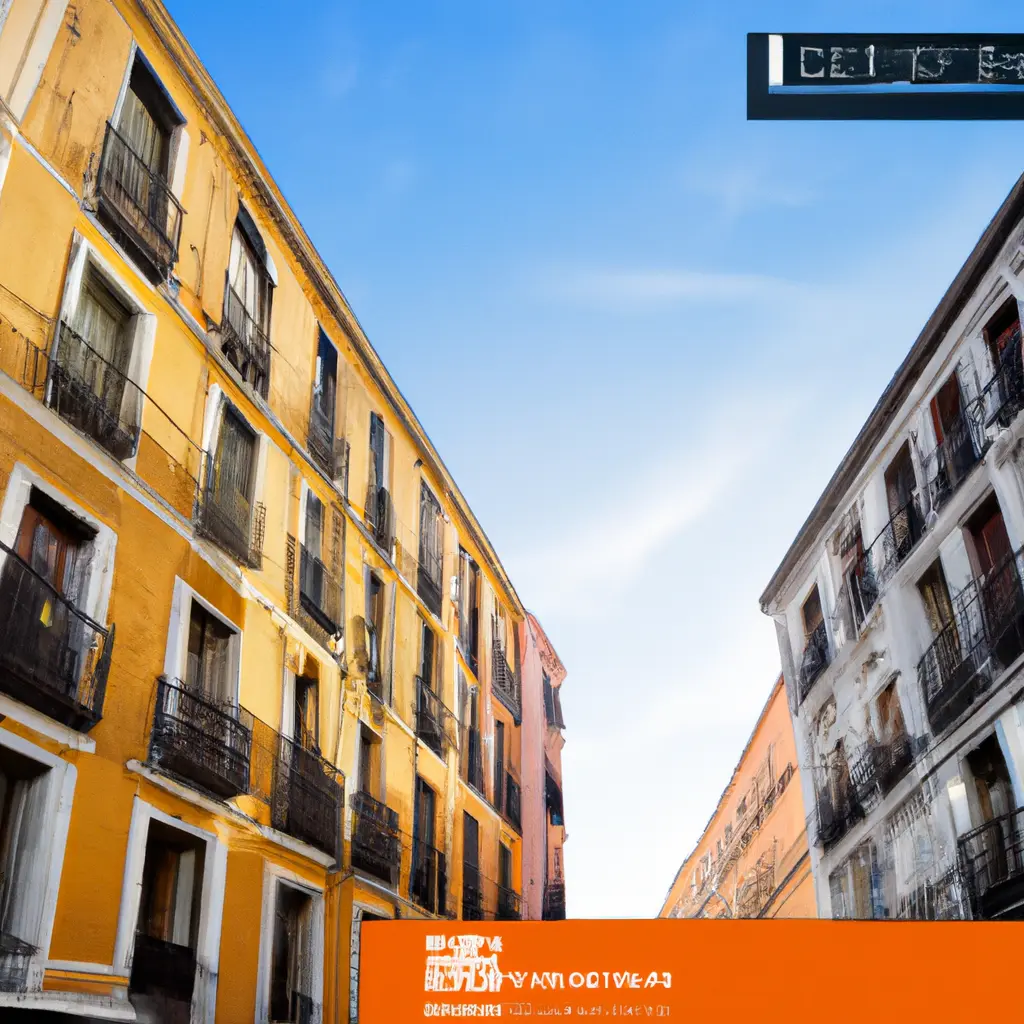Spain - a country of homeowners:92% of households with an adult aged65 and older own their home

One of the characteristics that best defines Spanish society is that Spain is a "country of property owners", an identity that has been shaped in our country from the middle of the last century until today.
Spain is a country where the majority of people own their own home, 76% of the population live this way, while the remaining 24% live in rented accommodation. This is not the case in other European countries such as Germany or France, where 49% and 65% of the population own their own homes. However, the share of owning one's own home is declining over time in Spain and could pose a threat to the main dream of every Spaniard, which is home ownership and real estate investment.
As already mentioned, since the 1950s, one of the main characteristics of the Spanish economy and society began to emerge, namely to be a country of real estate owners. In 1950, only 45.9% of the population owned their own home (understandable given the proximity of the Civil War in time), exceeding 51.9% in 1960 and 63.4% in 1970. Thus, homeownership continued to grow in our country, reaching 86% in 1999. Since then, owning one's own home began to decline in Spain, reaching a low of 75.1% in 2020, while the current percentage is the previously mentioned 76%.
Examining this chart, we also see that 45.6% of homes in Spain are fully paid off, meaning they have no mortgage arrears, while 30.5% of these owner-occupied dwellings are still in arrears to the bank. These figures change as the homeowners (usually a couple) get older and pay their mortgage payments, so the older the owners are, the more likely the home is to be fully paid off.
14 May 2025
14 May 2025
13 May 2025
13 May 2025
14 May 2025



Chart:
As we can see, in adults where at least one of them is 65 or older, 92% of these households have paid off their home loan in full. We are talking about households with retirees who are receiving a pension, these households often have a second home of their own (over 50% of people over 65 own a second home). At the next levels, and well behind, we find households with two adults under 65, where 52% of these households have a fully paid off home. Finally, in both two-adult-one-child and two-child households, the percentage of households with a fully paid off dwelling is less than 43%, namely 42.5% and 36.7% respectively.
In light of this whole situation, there are at least two questions worth asking, namely: 1) How did we arrive at this situation? and 2) What will the future situation be?
The first question can be answered very briefly by referring to the financial and real estate crisis of 2007, when the number of mortgages issued fell from 1.78 million in 2007 to a low of 315,535 in 2014, and currently stands at 558,210 mortgages issued. Other factors are also influential, such as the increase in the value of housing, which collapsed between 2008 and 2013, the impoverishment of society, whose real earnings are lower than in the 90s, the great instability in the labor market, etc.
As to the second question, the answer is that everything will depend on the measures currently in place, and unless there is an improvement in conditions for workers that will increase both productivity and wages, unless there is easier access to housing for young people, unless saving by adults under 55 is penalized and restricted, unless taxes are raised and public debt is increased to finance excessive public spending, unless new housing is allowed to be built where people x
In the end, if we don't want Spain to stop being a country of owners and turn into a country of proletarians, we have to go in the opposite direction to the one chosen more than 20 years ago.
Comment
Popular Offers

Subscribe to the newsletter from Hatamatata.com!
Subscribe to the newsletter from Hatamatata.com!
I agree to the processing of personal data and confidentiality rules of Hatamatata











